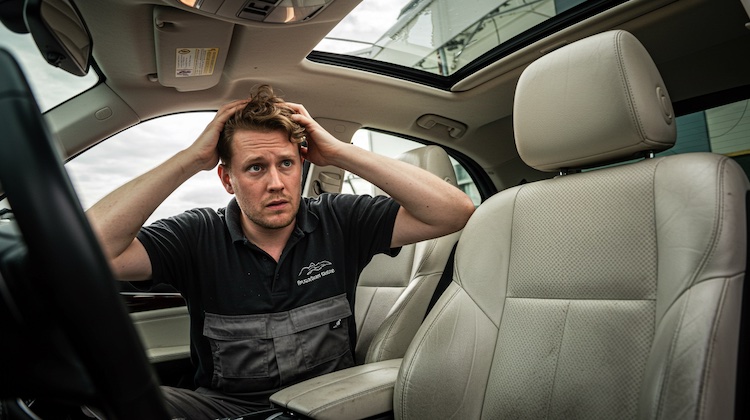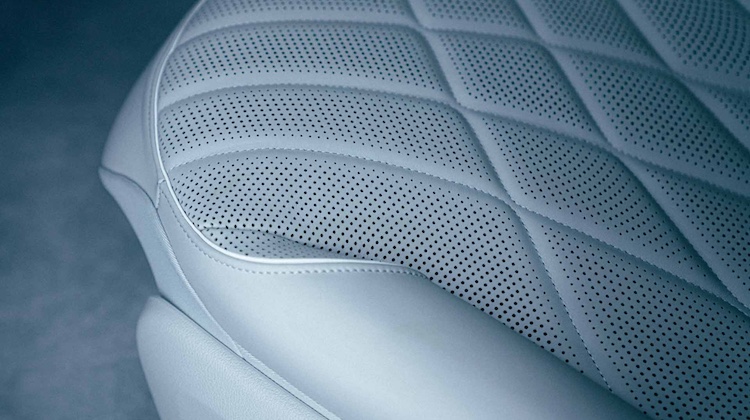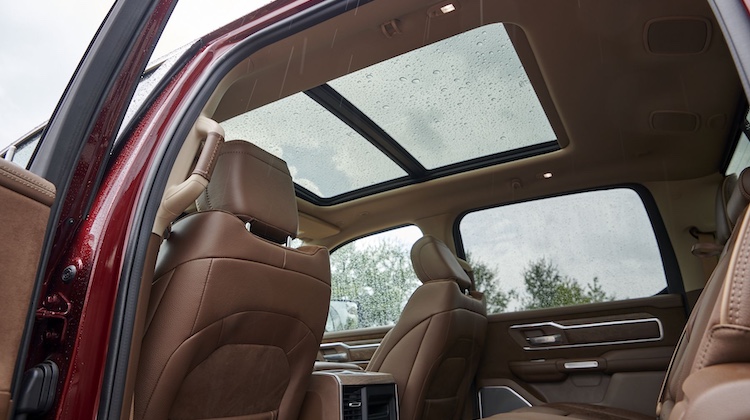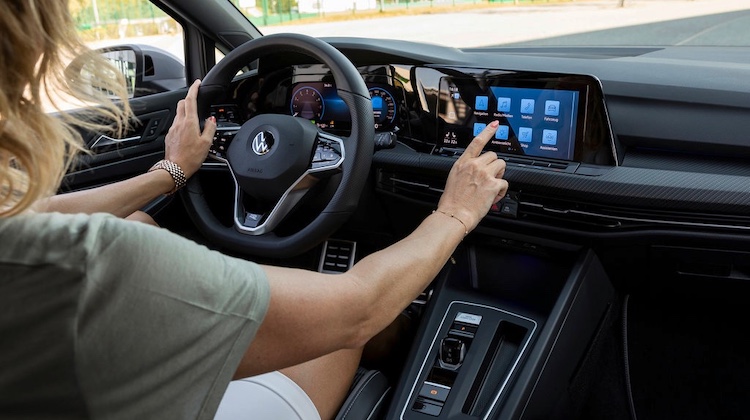
After nearly 30 years of repairing car interiors, I’ve developed a deep appreciation for good design — and an equally strong dislike for features that are poorly executed.
While many automakers focus on looks and tech, they often overlook durability, comfort and practicality. Ironically, these are the things that matter most to drivers and trimmers alike.
Here are five interior features that fall into that category — and that I think need to go:
1. Perforated Leather (When It’s Not Needed)

Perforated leather may look premium, but in most cases, it’s more trouble than it’s worth.
“Imagine taking a strong piece of leather and punching a thousand holes in it,” I often tell customers. “You’re weakening the hide and inviting premature cracks and splits.”
Perforation creates natural fault lines in leather. Over time, those tiny holes can act like a game of connect-the-dots, with cracks spreading from one to the next. Unless the seat has active ventilation, there’s no real need for perforation — it’s purely cosmetic.
Even Ford’s own design team acknowledged the trade-offs. In a 2020 interview with Automotive News, a lead materials engineer admitted: “Perforation helps with airflow, but there’s a fine balance between comfort, appearance and long-term durability.”
2. Overly Aggressive Bolsters

High bolsters are a staple in sports seats, designed to hold drivers in place while cornering. But in everyday driving, they’re often more of a pain than a benefit.
Smaller passengers can sit comfortably between the bolsters, but larger occupants frequently end up sitting on the foam ridges — which can dig into legs, hips and backs.
“My rule of thumb,” I always say, “is the flatter the seat, the more comfortable it is.”
Unless you’re on a racetrack, a simple, flat seat with thoughtful contouring will almost always provide a better long-term ride.
3. Sunroofs

Sunroofs may seem like a luxury feature, but in practice, they’re among the most failure-prone components in modern vehicles.
Leaks are the most common issue. A faulty seal or clogged drain can leave water stains on headliners and puddles in the cabin. Repairs are often time-consuming, and parts — especially for older models — are difficult to source. Most upholstery shops avoid sunroof repairs altogether.
Newer panoramic sunroofs have introduced another headache: motorized cloth shades that are prone to jamming and falling apart. Replacement costs can run into the thousands.
Worst of all? Most drivers don’t even use them.
According to a 2017 J.D. Power survey, sunroofs were among the most requested features, but usage rates didn’t match demand. In fact, many owners rarely — if ever — opened them.
4. Touch Screens That Replace Physical Controls

Touch screens have their place, but when they become the only way to adjust basic settings like temperature, audio or seat heat, they become a dangerous distraction.
Tactile buttons allow drivers to adjust settings by feel, keeping their eyes on the road. Touch screens, on the other hand, require visual attention, multiple taps, and navigating through menus — all of which increases driver distraction.
A study by AAA’s Foundation for Traffic Safety found that even simple tasks on modern infotainment systems can take a driver’s eyes off the road for more than 40 seconds — far beyond what’s considered safe.
In my shop, I hear this complaint all the time: “I miss knobs and buttons.” And honestly, so do I.
5. White Interiors

White interiors might look clean, upscale and modern on the showroom floor — but that flawless look doesn’t last.
In the real world, white seats and panels are magnets for stains, scuffs and discoloration. Blue jeans rub off. Dirty hands leave prints. Even something as simple as sunlight can yellow certain materials over time. What starts as a luxury quickly becomes an eyesore.
From a trimmer’s perspective, white interiors are a nightmare to keep looking good, and cleaning them never fully restores that factory-fresh appearance. Unless you’re driving with gloves on and never eating in your car, skip the white.
Final Thoughts
As trimmers, we see firsthand how well (or poorly) interiors age. While some modern features are great innovations, others are simply overengineered headaches. Whether you’re a designer, technician or enthusiast, it’s worth considering not just how a feature looks, but how it functions and lasts over time.
Recent Comments